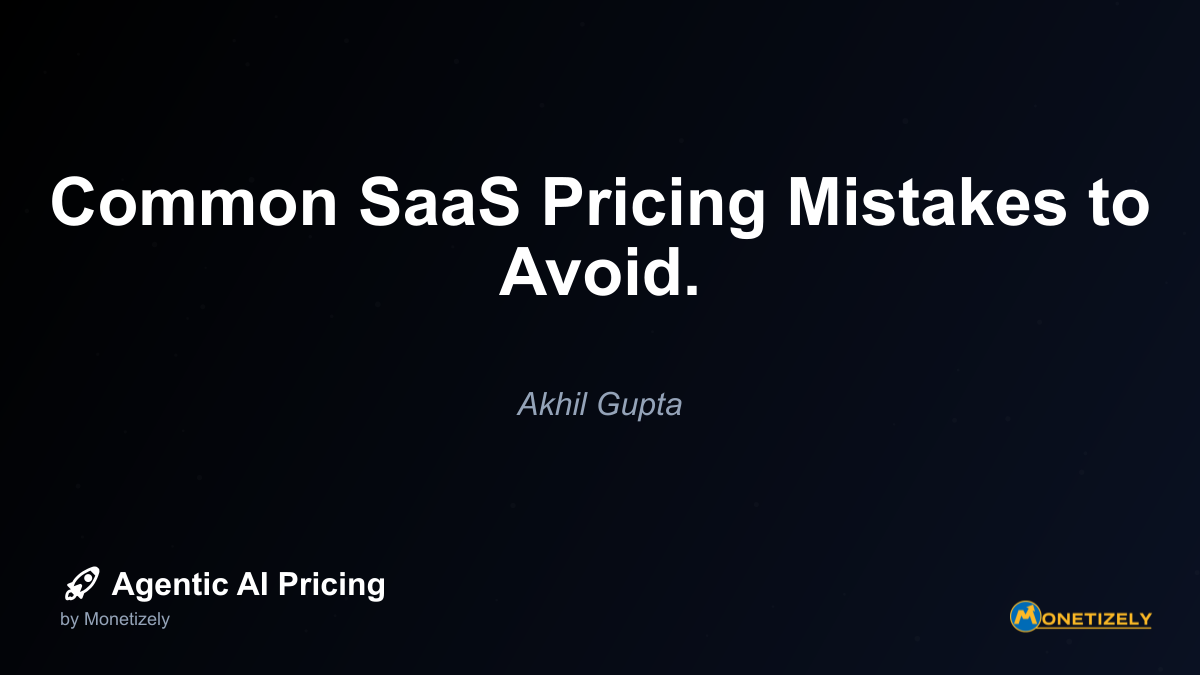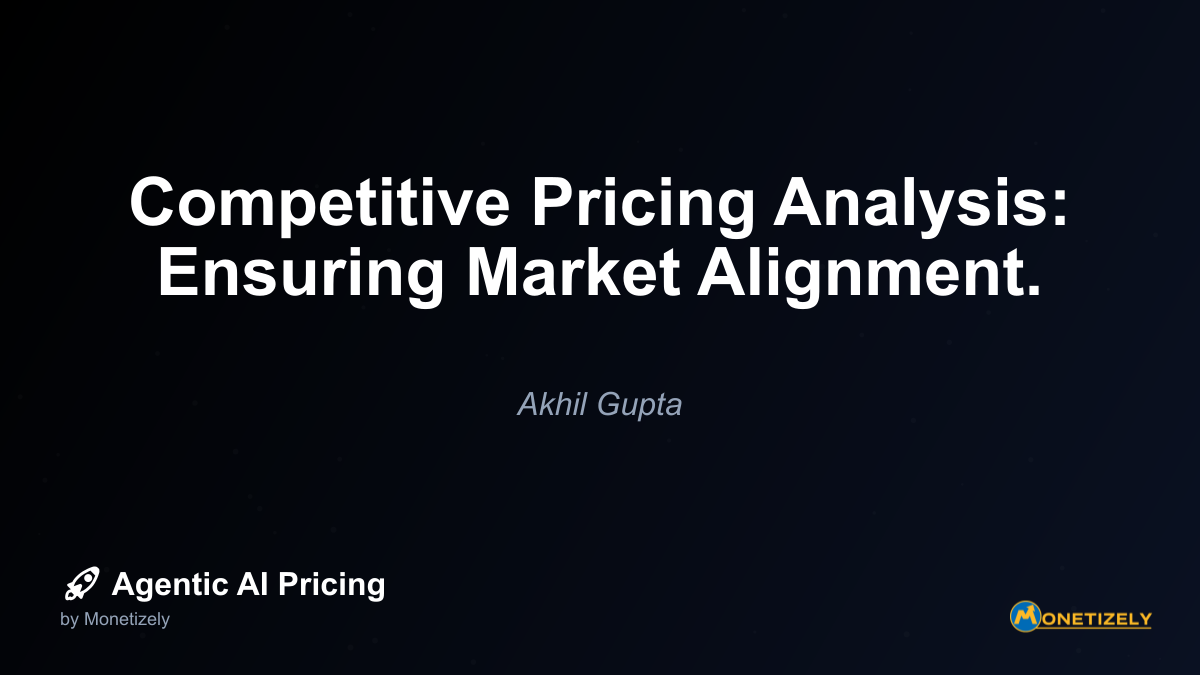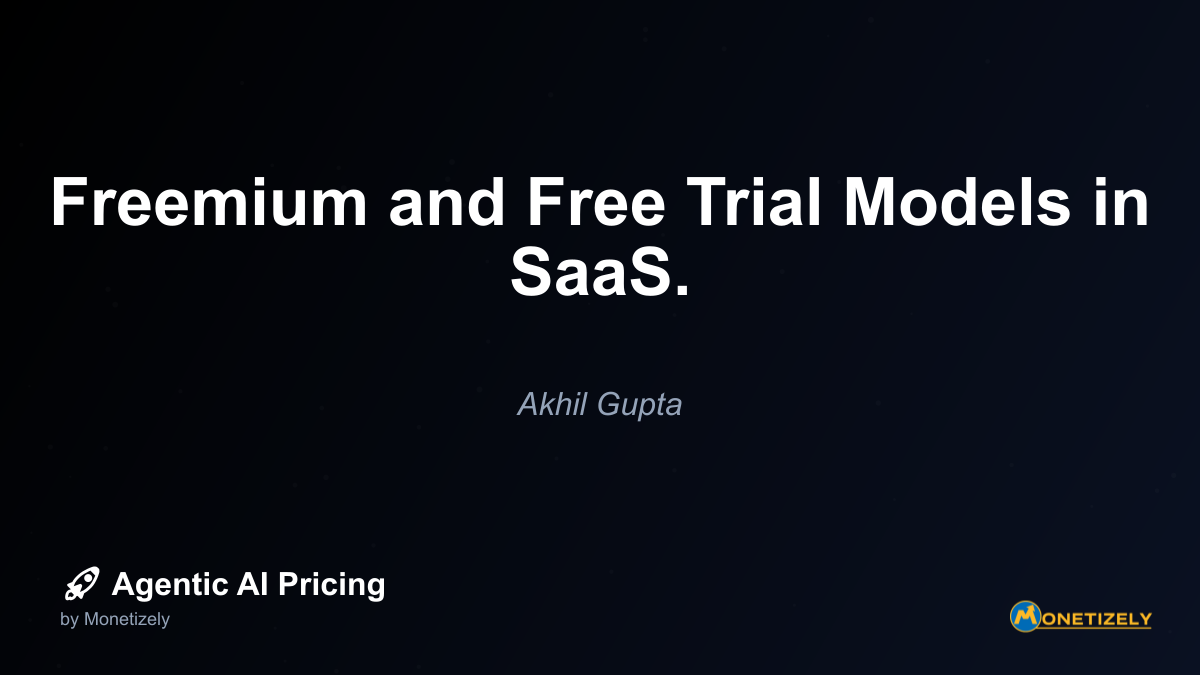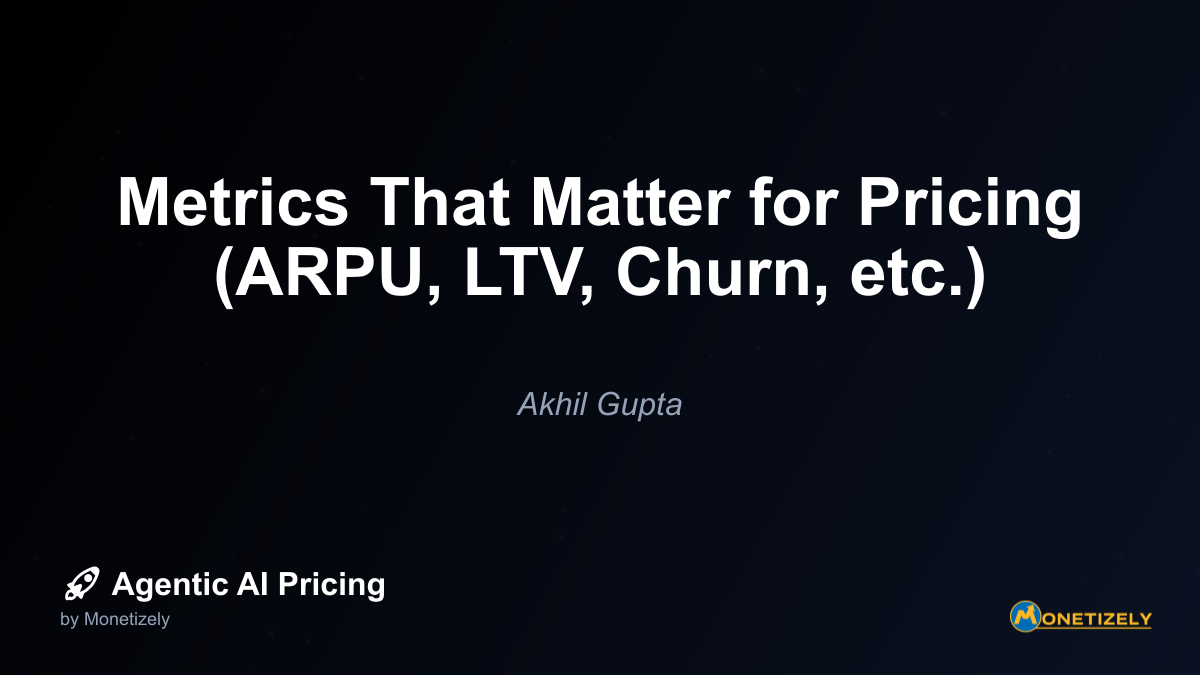· Ajit Ghuman · Pricing Fundamentals · 6 min read
The Rise of Usage-Based Pricing in SaaS.
AI and SaaS Pricing Masterclass
Learn the art of strategic pricing directly from industry experts. Our comprehensive course provides frameworks and methodologies for optimizing your pricing strategy in the evolving AI landscape. Earn a professional certification that can be imported directly to your LinkedIn profile.
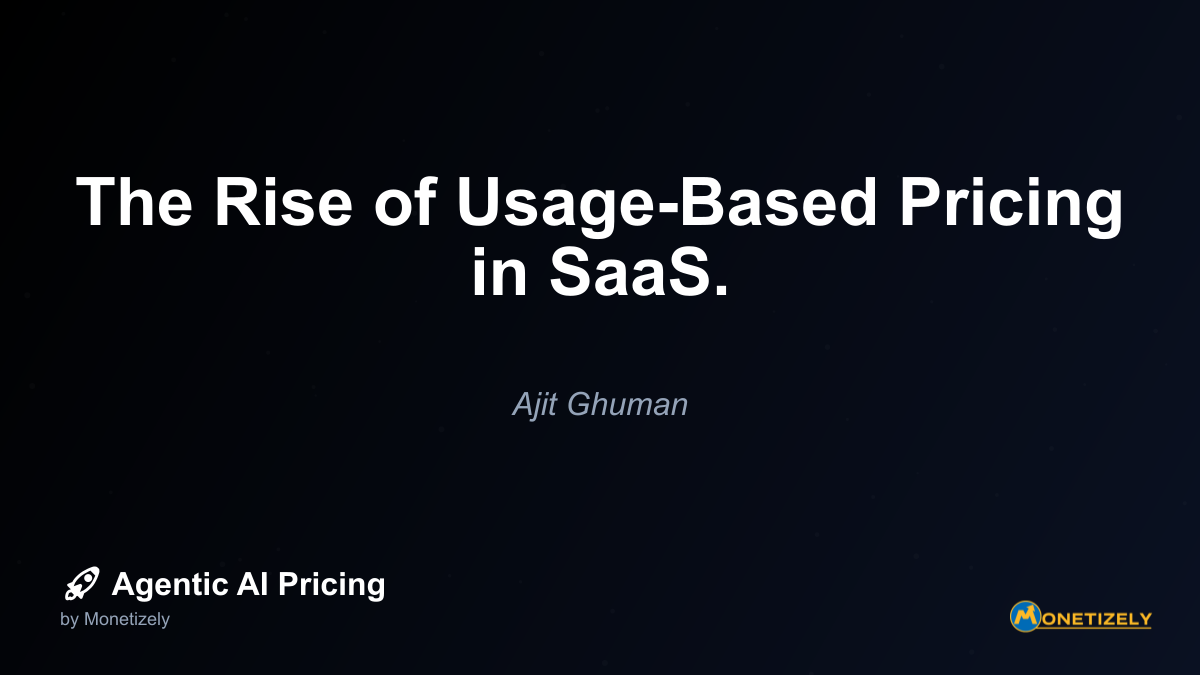
Token Economics: The Foundation of Modern AI Pricing
At the heart of many AI service pricing models lies the concept of “tokens” – the fundamental units of processing for large language models and many other AI systems. Understanding token economics is crucial for both providers and consumers of AI services.
What Are Tokens in AI Pricing?
In the context of language models like GPT-4, Claude, or Llama, tokens represent chunks of text that the model processes. A token can be as short as a single character or as long as a complete word, depending on the specific tokenization approach used.
For example:
- The word “hamburger” might be processed as a single token
- While “antidisestablishmentarianism” might be broken into multiple tokens like “anti,” “dis,” “establishment,” etc.
On average, one token corresponds to approximately 4 characters or about ¾ of a word in English text.
Token-based pricing typically distinguishes between:
- Input tokens: Text sent to the model for processing
- Output tokens: Text generated by the model in response
Most providers charge different rates for input versus output tokens, with output tokens generally costing more due to the additional computational resources required for generation versus simple processing.
For a deeper exploration of token economics in AI platforms, you might find our detailed guide on Building Token Economics for Agentic AI Platforms helpful.
Token-Based Pricing Examples
Major AI providers have established various approaches to token-based pricing:
OpenAI’s GPT Models:
- GPT-3.5 Turbo: $0.0015 per 1K input tokens, $0.002 per 1K output tokens
- GPT-4: $0.03 per 1K input tokens, $0.06 per 1K output tokens
- Fine-tuning adds additional costs per training token
Anthropic’s Claude:
- Claude 2: $0.011 per 1K input tokens, $0.032 per 1K output tokens
- Claude Instant: $0.0008 per 1K input tokens, $0.0024 per 1K output tokens
Google’s Gemini:
- Gemini Pro: $0.00025 per 1K input tokens, $0.0005 per 1K output tokens
- Gemini Ultra: $0.00175 per 1K input tokens, $0.01 per 1K output tokens
These pricing structures reveal several common patterns:
- More capable models command significantly higher prices
- Output tokens cost more than input tokens (typically 2-3x)
- Pricing tiers exist for different performance/capability levels
- Volume discounts often apply at higher usage levels
The substantial price differences between model tiers (e.g., GPT-3.5 vs. GPT-4) reflect both the increased computing costs of running larger models and the premium value of enhanced capabilities.
Hybrid Pricing Models: Combining Usage with Subscriptions
While pure usage-based pricing offers many advantages, hybrid models that combine consumption elements with subscription components have emerged as a compelling alternative for many companies.
Common Hybrid Approaches
Base Subscription + Overage: Customers pay a recurring fee that includes a set allocation of usage. Once they exceed that allocation, additional consumption is charged at a per-unit rate. This model provides baseline revenue predictability for vendors while maintaining the alignment benefits of usage-based pricing.
Committed Use Discounts: Customers can commit to a minimum level of usage over a specific period (typically 1-3 years) in exchange for discounted rates. This approach, pioneered by cloud providers, combines the flexibility of usage-based pricing with the predictability of longer-term commitments.
Feature-Based Tiers with Usage Components: Core platform functionality is offered in subscription tiers, while specific high-value capabilities are priced based on usage. This model allows companies to capture additional value from features that deliver variable amounts of customer value.
Prepaid Credits: Customers purchase credit packages upfront that can be applied toward usage. Credits may expire after a certain period, encouraging regular consumption while providing customers with some cost predictability.
Hybrid Model Examples
Snowflake combines committed capacity with on-demand usage. Customers can purchase reserved capacity at discounted rates while maintaining the ability to burst beyond those commitments when needed.
MongoDB Atlas offers tiered subscriptions with different included resource allocations. Customers select a tier based on their expected usage, with the option to upgrade or pay for overages if they exceed their allocation.
HubSpot structures its pricing around feature-based tiers but incorporates usage-based components for high-value elements like marketing emails sent or contacts stored.
These hybrid approaches demonstrate that pricing models exist on a spectrum rather than as binary choices between pure subscription and pure usage-based approaches.
The Future of Usage-Based Pricing in AI and SaaS
As the software industry continues to evolve, several trends suggest usage-based and hybrid pricing models will become increasingly prevalent:
Outcome-Based Pricing
The next evolution beyond simple usage metrics is toward outcome-based pricing that ties costs directly to business results. For AI services, this might mean charging based on:
- Successful transactions completed
- Revenue generated through the platform
- Cost savings achieved
- Accuracy of predictions or recommendations
While technically challenging to implement, outcome-based pricing represents the ultimate alignment between vendor and customer interests.
Sophisticated Usage Analytics
Advanced analytics will give customers unprecedented visibility into their consumption patterns, enabling more informed decisions about resource allocation. These tools will help address predictability concerns while preserving the benefits of usage-based models.
API-First Consumption
The growth of API-first products and composable architectures naturally lends itself to usage-based pricing. As more software is consumed programmatically rather than through direct user interfaces, metered billing based on API calls becomes increasingly logical.
AI-Specific Pricing Innovations
The unique characteristics of AI services will drive further pricing innovations. Models might emerge that account for:
- Complexity of requests (not just volume)
- Quality or resolution of outputs
- Computational intensity of specific operations
- Value of proprietary data used in processing
These nuanced approaches will better reflect the true value exchange in AI-powered interactions.
Conclusion: Embracing the Consumption Revolution
The shift toward usage-based pricing represents a fundamental realignment of the software business model with customer value. By directly connecting costs to consumption, this approach creates more transparent, flexible relationships between vendors and their customers.
For SaaS companies considering this transition, the journey begins with identifying the right usage metrics that truly reflect customer value. This requires deep understanding of how customers derive benefits from the product and which measurable activities correlate most strongly with those benefits.
Implementation challenges—particularly around billing infrastructure, sales compensation, and financial forecasting—are significant but increasingly manageable with modern tools and established best practices. The growing ecosystem of specialized billing platforms has reduced the technical barriers to adoption.
As artificial intelligence becomes more central to software products, usage-based pricing will likely accelerate further. The variable computing costs, diverse use cases, and unpredictable consumption patterns of AI services make them natural candidates for consumption-based approaches.
Forward-thinking companies should view usage-based pricing not merely as a billing mechanism but as a strategic framework that can drive product development, go-to-market strategy, and customer success initiatives. When properly implemented, it creates a virtuous cycle where customer success directly translates to vendor success.
The future belongs to companies that can effectively align their revenue models with the actual value they deliver. Usage-based pricing, in its various forms, offers a powerful mechanism to achieve this alignment in an increasingly digital, service-oriented economy.
Co-Founder & CEO
Ajit is the author of Price To Scale, a top book on SaaS Pricing and is the Founder of Monetizely. Ajit has led and worked in pricing and product marketing at firms like Twilio, Narvar and Medallia. His work has been featured in Forbes and VentureBeat. Ajit regularly consults with software companies from Seed stage to post-IPO on pricing strategy. Ajit is also a highly-rated co-instructor for 'The Art of SaaS Pricing and Monetization' on Maven.
Pricing Strategy Audit
Let our experts analyze your current pricing strategy and identify opportunities for improvement. Our data-driven assessment will help you unlock untapped revenue potential and optimize your AI pricing approach.

